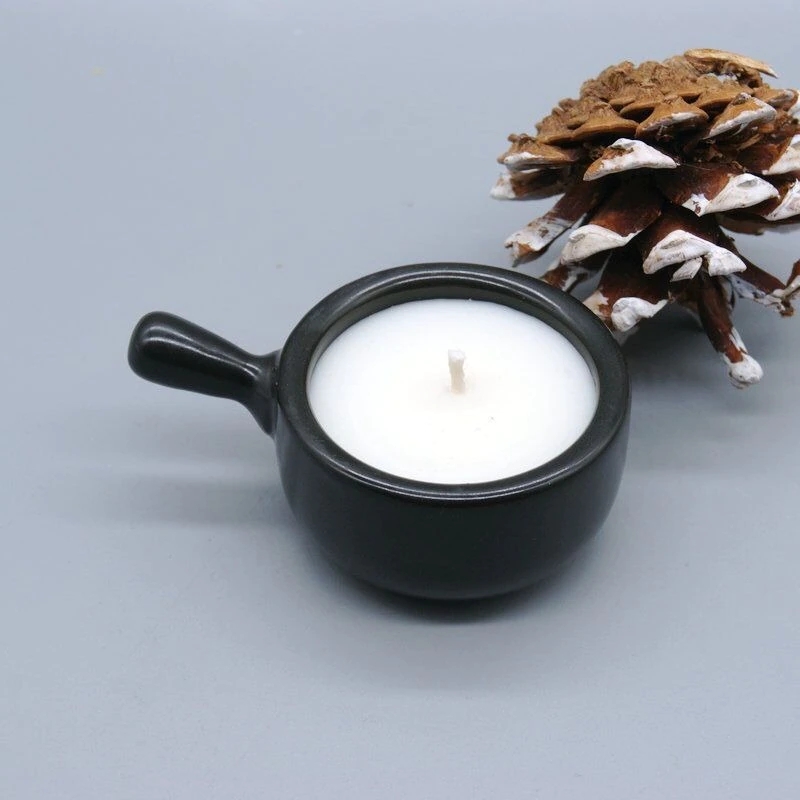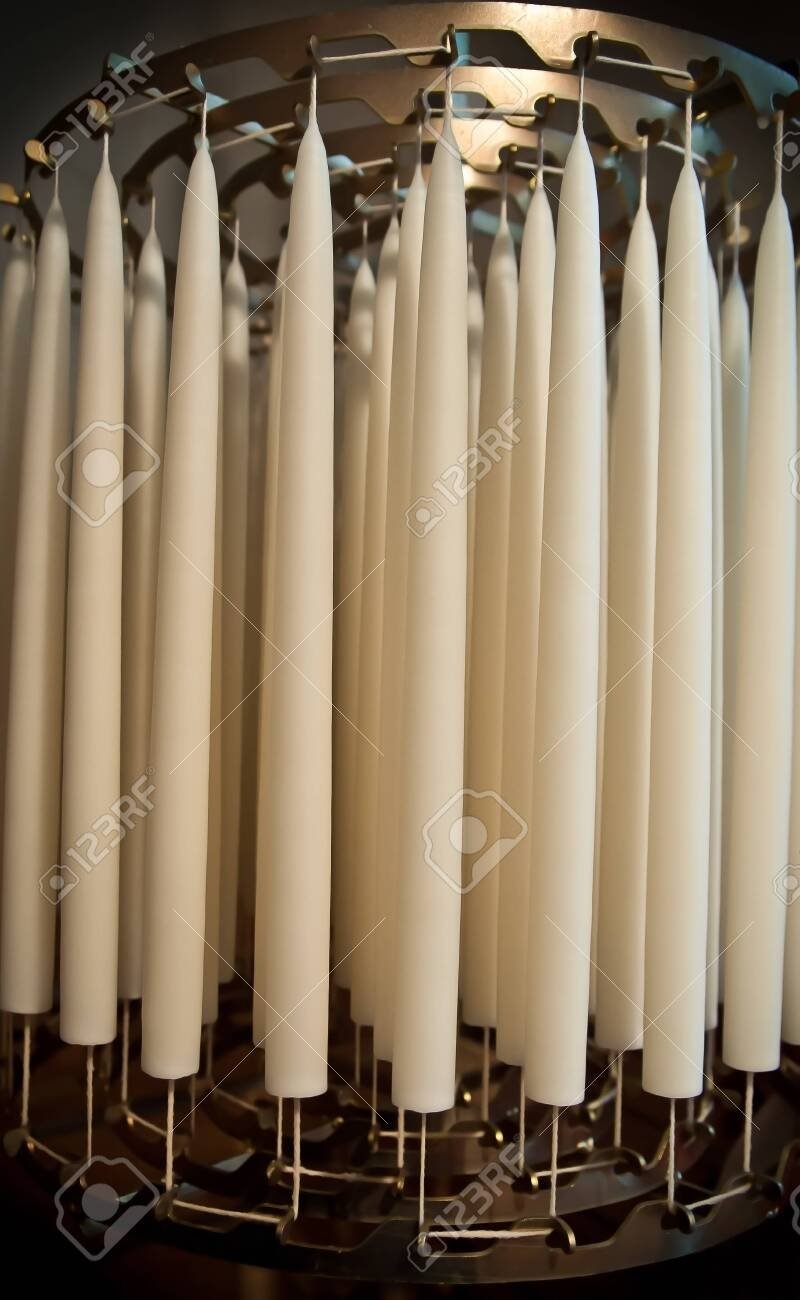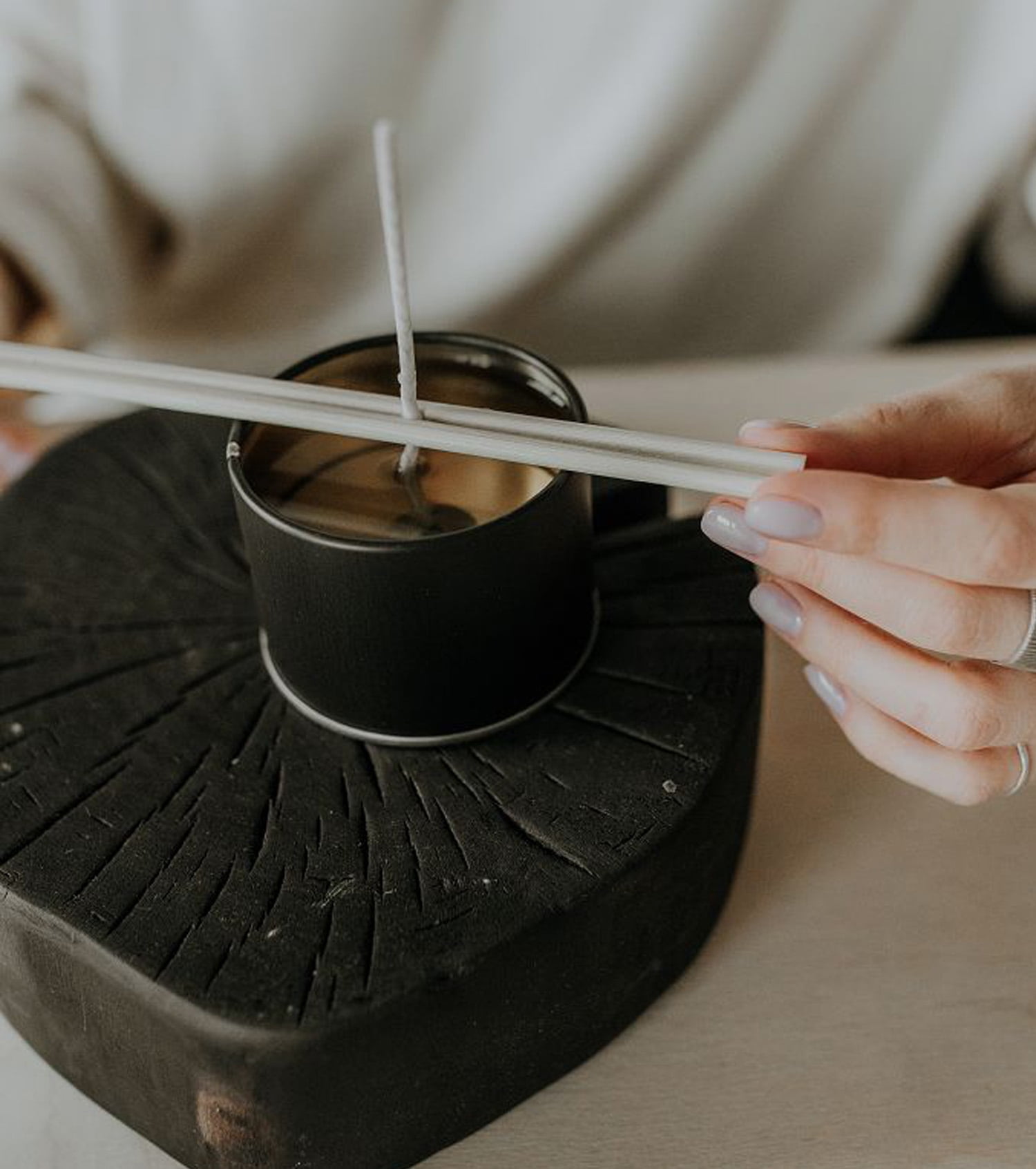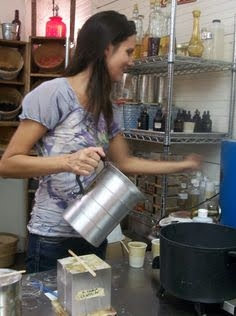When it comes to creating beautiful and functional candles, choosing the right type of wax is crucial. The types of wax for candle making play a significant role in determining the quality, appearance, and burn characteristics of the final product. From traditional paraffin wax to eco-friendly beeswax and innovative gel wax options, each type brings its own unique qualities to the table.
As candle making continues to grow in popularity as a creative hobby and small business venture, understanding the differences between various types of wax becomes essential. Whether you are looking for a versatile option like soy wax or aiming for a more sustainable choice like palm wax, each type offers specific benefits that can elevate your candle-making experience.
In this comprehensive guide, we will explore the different types of wax commonly used in candle making. From highlighting the characteristics of popular options like soy and beeswax to introducing newer alternatives such as coconut wax and blended waxes, we aim to provide insights that will help you make informed decisions when choosing the right wax for your candle projects.
Soy Wax
When it comes to candle making, choosing the right type of wax is crucial in determining the quality and characteristics of the final product. One of the popular options among crafters is soy wax, known for its numerous benefits and unique characteristics. Soy wax is a natural and renewable resource derived from soybean oil, making it an eco-friendly choice for environmentally-conscious individuals.
One of the key advantages of using soy wax in candle making is its clean burn. Soy wax burns cleaner and longer than traditional paraffin wax, producing less soot and smoke which can help maintain a healthier indoor air quality. Additionally, soy wax has a lower melting point than paraffin wax, allowing for a longer-lasting candle that evenly distributes fragrances throughout the room.
Another benefit of soy wax is its biodegradability, making it a more sustainable option compared to petroleum-based waxes like paraffin. Soy wax candles are also known for their excellent scent throw, meaning they can effectively disperse fragrances into the air when burning.
This makes soy wax an ideal choice for scented candles where fragrance diffusion is key. Overall, soy wax offers a natural, clean-burning, and sustainable option for candle makers looking to create high-quality products with eco-friendly credentials.
Beeswax
Benefits of Beeswax
One of the main advantages of using beeswax for candle making is its natural composition. Beeswax is produced by bees in the hive, making it a renewable resource that does not have harmful effects on the environment.
Additionally, beeswax candles do not emit toxins or pollutants when burned, promoting cleaner indoor air quality compared to paraffin candles. The natural scent of beeswax is also loved by many as it adds a subtle fragrance to the surroundings without overpowering other scents present.
Choosing Beeswax for Candle Making
When selecting beeswax for candle making projects, it is important to consider the purity and quality of the wax. Look for organic or pure beeswax options that have not been mixed with other substances or chemicals.
Pure beeswax may come in various colors depending on factors such as pollen sources or filtration processes, offering versatility in creating unique candle designs. Whether you prefer traditional taper candles or intricate molded shapes, beeswax can be an excellent choice for crafting beautiful and environmentally friendly candles.
Palm Wax
Environmental Sustainability
One of the reasons why palm wax is preferred by environmentally conscious candle makers is its sustainability profile. Palm trees are highly productive and efficient in producing oil, requiring less land and resources compared to other oil-producing plants.
When sourced from sustainable plantations that adhere to responsible practices, palm wax can be a renewable and eco-friendly option for candle making. However, it is important for consumers to look for certifications like RSPO (Roundtable on Sustainable Palm Oil) to ensure that the palm wax used in their candles is ethically produced.
Unique Properties
Apart from its sustainability benefits, palm wax offers some unique properties that make it stand out in candle making. This type of wax has a high melting point, which means that candles made from palm wax have good burn stability and resist melting in warmer temperatures.
The natural hardness of palm wax also makes it suitable for creating intricate designs or specialty candles like pillars or votives. Additionally, the crystalline structure of solidified palm wax gives candles a distinctive appearance, adding an aesthetic appeal to the finished products.
Gel Wax
One of the key benefits of using gel wax is its ability to hold scents exceptionally well, resulting in candles that not only look stunning but also fill a room with beautiful aromas when burned. This makes gel wax a perfect choice for those who want their candles to not only serve as decorative pieces but also to provide a pleasant scent throughout their home.
Additionally, the unique texture and appearance of gel wax candles add an element of luxury and sophistication to any space.
When working with gel wax, it is essential to consider some safety precautions since it has a higher melting point compared to other types of wax used in candle making. It is crucial to follow specific guidelines provided by manufacturers to ensure that the candle-making process using gel wax is done safely and effectively.
Overall, gel wax offers an exciting opportunity for candle makers to explore their creativity and craft beautiful, one-of-a-kind candles that are both visually appealing and aromatic.
| Gel Wax Benefits | Usage Tips |
|---|---|
| Clear appearance allows for embedding decorative elements | Follow manufacturer guidelines for safe candle making |
| Holds scents exceptionally well | Consider higher melting point compared to other waxes |
Coconut Wax
One of the standout features of coconut wax is its renewable and sustainable nature. Derived from coconuts, which are a renewable resource, this wax option is considered more environmentally friendly than traditional paraffin wax. Additionally, coconut wax is biodegradable, making it an attractive choice for eco-conscious consumers looking for sustainable candle options. Its natural composition also appeals to those seeking products free from synthetic materials or additives.
Another reason for the surge in popularity of coconut wax is its versatility in terms of aesthetics. This type of wax has a beautiful creamy color that adds a touch of elegance to candles. It can also be easily blended with other waxes or additives to create custom formulations tailored to specific preferences or requirements.
Whether used alone or in combination with other ingredients, coconut wax offers candle makers a flexible and creative medium to experiment with different designs, scents, and textures. The smooth appearance and soft texture of candles made with coconut wax make them visually appealing and perfect for enhancing any space’s ambiance.
Blended Waxes
One of the main advantages of using blended waxes is the ability to combine the best qualities of each individual wax type. For example, a blend of soy wax and beeswax can result in a candle that has excellent scent throw from the soy wax and a longer burn time from the beeswax.
This combination allows for a well-rounded candle that appeals to both sensory and practical aspects. Additionally, blended waxes can offer cost-effective solutions by mixing more affordable waxes with premium ones without compromising on quality.
Another benefit of using blended waxes is the opportunity for experimentation and creativity in candle making. Candle makers can create unique formulas by adjusting the proportions of different waxes in their blends to achieve specific outcomes.
Whether aiming for a softer texture, stronger scent diffusion, or brighter colors, artisans have the flexibility to tailor their candles to meet market demands or personal preferences. Blended waxes open up a world of possibilities for customizing candle properties and producing one-of-a-kind creations that stand out in the saturated market of scented products.
| Advantages | Examples |
|---|---|
| Customizable properties | Mixing soy and beeswax for improved scent throw and burn time |
| Cost-effective solutions | Blending affordable waxes with premium ones without compromising quality |
| Creative experimentation | Adjusting proportions for softer texture, better scent diffusion, or vibrant colors |
Conclusion
In conclusion, the variety of options when it comes to types of wax for candle making offers a range of choices for crafters and manufacturers alike. From the traditional paraffin wax to the eco-friendly beeswax and sustainable palm wax, each type has its own unique qualities and benefits to consider. The emergence of modern options like gel wax and coconut wax add even more diversity to the market, allowing for creative and personalized candles.
When deciding on the right type of wax for your candle making project, it’s important to consider factors such as burn time, scent throw, color options, and sustainability. Paraffin wax may be a good choice for beginners due to its ease of use and affordability, while soy wax is highly popular for its clean-burning properties. Beeswax stands out for its natural aroma and eco-friendly characteristics, while palm wax offers a unique crystalline finish.
Ultimately, the best type of wax for your candle making endeavor will depend on your specific preferences and needs. Experimenting with different types of wax can be a fun and enjoyable process that allows you to discover what works best for your style and desired outcome. Whether you choose a single type of wax or opt for blended waxes to customize your candles, the possibilities are endless in creating beautiful and fragrant candles that brighten up any space.
Frequently Asked Questions
What Type of Wax Is Best for Candles?
The best type of wax for candles depends on your specific needs and preferences. Soy wax is popular for its clean burn and eco-friendly nature. Beeswax is known for its natural scent and long burn time. Paraffin wax, on the other hand, is widely available and budget-friendly.
What Wax to Avoid in Candles?
It’s generally advisable to avoid using paraffin wax in candles if possible. Paraffin is derived from petroleum, so it can release harmful chemicals when burned. These emissions can affect indoor air quality and potentially cause health issues in the long term.
Should I Use Paraffin or Soy Wax for Candles?
When deciding between paraffin or soy wax for candles, consider your priorities. If you value sustainability and want a cleaner burn, soy wax might be the better choice.
On the other hand, if you’re on a budget and looking for something readily available, paraffin could be suitable. Ultimately, the decision between paraffin or soy wax depends on your preferences and values as a candle maker or consumer.

Welcome to my candle making blog! In this blog, I will be sharing my tips and tricks for making candles. I will also be sharing some of my favorite recipes.





